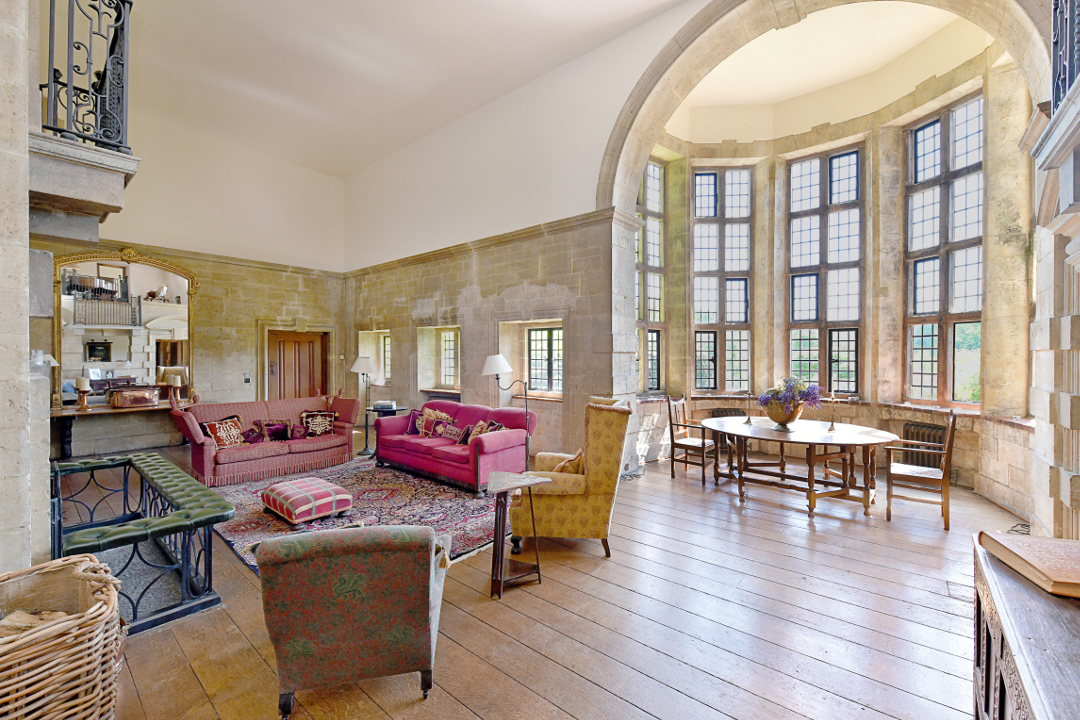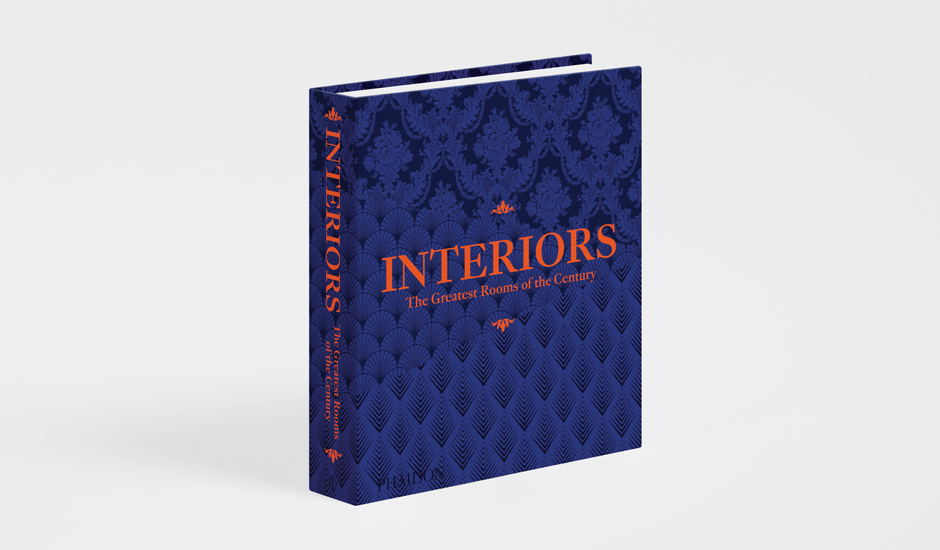
How Sir Edwin Lutyens combined old styles in new ways
On the 150th anniversary of Lutyens’ birth we look at Little Thakeham - his fusing of Tudor and Grand Manner
The British architect Sir Edwin Landseer Lutyens was born 150 years ago today, on 29 March 1869. Yet to look at this room, from one of his most successful country houses, he could be mistaken for a man from a much earlier age.
Lutyens’ buildings - which include the Cenotaph war memorial in London; Great Dixter, the country house in southern England; and much of the early 20th century architecture in New Delhi, India - brought together a range of styles, from Arts & Crafts, through to neo-classical Grand Manner flourishes, as well as local, folksy, vernacular techniques.
That might sound like an unstable mix, but, as our new book Interiors: The Greatest Rooms of the Century, makes clear, in this capable, and in some sense modern architect’s hands, it was all beautifully balanced.
“A source of great satisfaction to its architect, who called it “the best of the bunch” among his many country houses, Little Thakeham is the result of Lutyens’ masterful fusing of classic Grand Manner aesthetic with Tudor vernacular, inside and out,” the book reveals.
"A large oriel window is a focal point of the local Pulborough Sandrock stone exterior and the feature around which the double-height, light-filled drawing room is arranged on the interior.”

Indeed, this antique looking space, built in 1902, was in some senses modern, not only in the way it combined a diverse range of influences, but also in the way it served different functions.
“Designed for entertaining, it serves a dual function as both a sitting and dining room," the book reveals. "The room is an exercise in playing with perspective and the interrelation of space, overlooked by the balconied landing that sits above the double-doorway entrance on one wall, and again via a Juliet balcony situated above the fireplace on another. The space is also a demonstration of Lutyens' ability to encompass a variety of different influences in one work.
“The traditional oak-planked floor and stonework on the lower story are deftly countered by the modern vocabulary of the smooth walls and asymmetry found in the upper one.”
For more detailed commentary and insight into some of the greatest rooms ever created, order a copy of Interiors here; you can even choose your book's colour. There are four to choose from: saffron yellow, platinum gray, merlot red and midnight blue. Pick the right one for your home here.